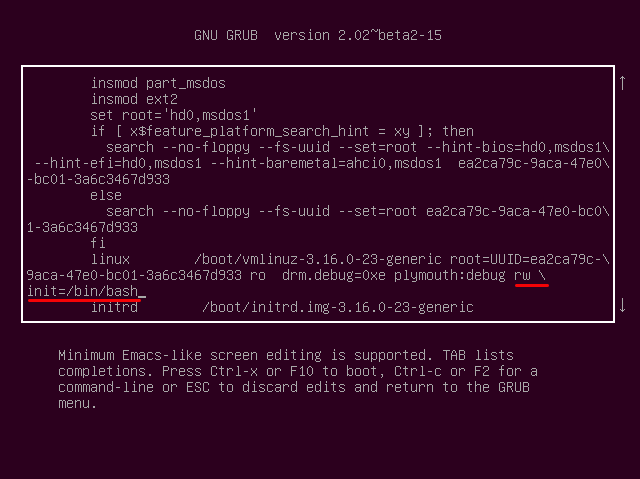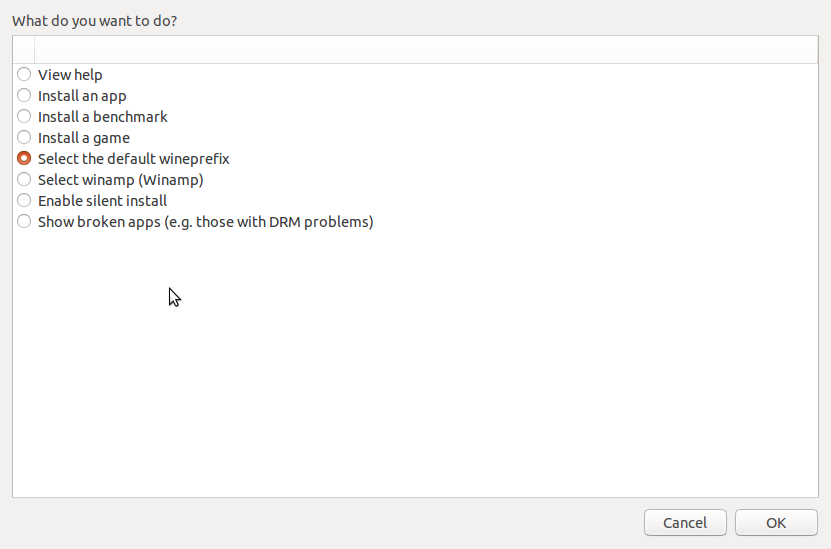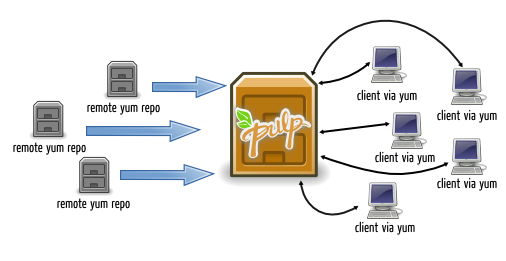Samsung’s Exynos 5 Octa is a star (my opinion) in the mobile processor System-on-Chip (SoC) arena. It is in direct competition with NVIDIA’s Tegra 4, Tegra 4i, and Qualcomm’s Snapdragon S4 processors.
The reasons I’m interested in these mobile processors are: 1. Most of the consumer computing devices that we now use, and that we will be using the most going forward, will be powered by these processors. I’m referring, of course, to smartphones, tablet computers, smartbooks and ultrabooks. 2. They will most likely be running one Linux distribution or another.
Since I’m unable to use smartphones, I am only interested in the other mobile devices – tablets, smartbooks and ultrabooks.
Take the Samsung Chromebook, for example, an ultrabook that runs Google’s Chrome OS. It is powered by the Exynos 5 Dual, an ARM Cortex-A15, 1.7 GHz dual-core processor. At $249, it is cheap, but its sale has not been as robust as expected. I thought about buying one and loading my favorite Linux distribution on it, but changed my mind after it became obvious that it was going to be a painful process.
And then Samsung released a newer and more powerful version called the Exynos 5 Octa. Octa means that it has 8 cores, using a configuration dubbed big.LITTLE, a catchy phrase that describes a computing architecture whereby relatively low-power cores (LITTLE) are coupled with relatively high-power cores (big) to produce a more resource-efficient system.
It is about the same system employed in NVIDIA’s Tegra 4, which actually has 5 cores – 4 relatively powerful cores for resource-intensive computing, and 1 extra core for computing tasks that are less demanding. In Exynos 5 Octa, there are 4 big cores (Cortex-A15 cores) and 4 LITTLE cores (Cortex-A7 cores). The big cores operate in the 1.6 GHz to 2.0 GHz range, while the LITTLE cores are in the 1.2 GHz to 1.3 GHz range.
In the original big.LITTLE design, which is available in the 5410 model of Exynos 5 Octa, the model inside the international version of Samsung Galaxy S4, the big.LITTLE tandem operates by seamlessly kicking in depending on the available workload. In the 5420 model, which has just been released, all 8 cores can operate at the same time in a process known as heterogeneous multi-processing (MP). All cores gunning at the same means more power.
You can imagine what that will do to 5420-model Exynos 5 Octa devices. The next version of a Samsung Chromebook will likely be powered by one. And I’m betting that Samsung will be one of the “multiple partners” that Valve Software is working with to bring their Steam Machines to market. Which means that one or more of those Steam Machines will be powered by an Exynos 5 Octa 5420 processor.
Here’s a video released by Samsung showing how big.LITTLE works.
Recommended articles on this subject are:
2. Benefits of the big.LITTLE Architecture (PDF file)







